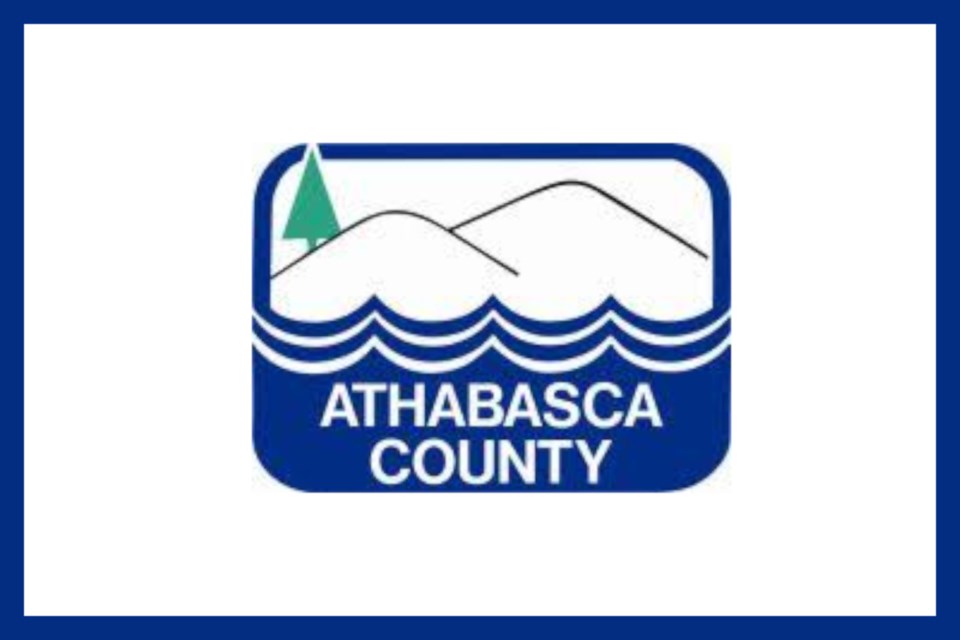ATHABASCA — After weeks of debate Athabasca County has officially declared a state of agricultural disaster for the region.
Using information provided by the Rural Municipalities of Alberta (RMA) and in consultation with local producers the county's Agricultural Service Board (ASB), which is made up of the entirety of council, recommended the declaration be made after another poor year for many farmers in north-central Alberta and across the province due to a lack of moisture.
“The agricultural services department monitors the condition of crops as a regular practice,” said director of agriculture and community services and interim CAO Dawn Phillips. “We refer to the Rural Municipalities of Alberta's "Guide for Declaring Municipal Agricultural Disasters" to determine the state of the crops.”
A media release from Athabasca County Aug. 26 said the Alberta Crop Report as of Aug. 10 indicated that in addition to dry conditions, some crops in the region were hail-damaged causing a loss of potential yield and additionally sub-surface soil moisture has been reported between poor at 15 per cent to good at 35 per cent.
“Department staff also spoke with local producers,” Phillips said. “It was determined that more than 50 per cent of the crops and pasture are in poor condition compared to long-term averages.”
Once it tipped over 50 per cent the decision to declare became an easy one as low precipitation has impacted the quality of commodity and hay crops as well as pasture land.
“I do see an agricultural disaster on the horizon,” reeve Larry Armfelt said at the July 13 council meeting.
He added at the time if there wasn’t any rain, cattle farmers may be forced to feed hay much sooner than usual which is exactly what is happening.
“Some producers have started feeding their livestock since grazing is not an option, as there is no forage left on pastures due to recent heat waves and subsequent drought,” the release stated.
Pastures may recover, but the growing season has been shortened and precipitation as compared to the yearly average is low to very low for the majority of Athabasca County.
“Declarations of agricultural disasters do not guarantee money for producers,” said Phillips. “It raises awareness to the government that Athabasca County producers are facing challenges. The hope is that this will lead to support from the provincial or federal government.”
According to the Aug. 24 crop conditions report from the Ministry of Agriculture and Forestry, in Region 4, which encompasses Athabasca, Barrhead, Drayton Valley, Edmonton and Leduc, only 13 per cent of major crops have been harvested and 11 per cent are still “in the swath.”
“Crop quality ratings for dryland crops have 19 per cent good and excellent, one point below the provincial average, and 39 points below the region’s five-year average,” the report said. “Anticipated dryland yields are well below both the five and 10-year averages. Pasture ratings are now 38 per cent poor, 54 per cent fair, with eight per cent good (and) hay ratings are now 34 per cent poor, 48 per cent fair, with 18 per cent good.”
There may still be some relief for producers though, the Alberta government announced an AgriRecovery response Aug. 6 called the Canada-Alberta Livestock Feed Assistance Initiative to assist livestock producers due to reduced grazing, extended dry weather and the extreme high temperatures endured this year.
The initiative is planned to start in September and will be administered by Agriculture Financial Services Corporation (AFSC) which will run the applications through AFSC Connect. They also encourage producers to ensure their banking information is up to date and stated for livestock producers who aren’t clients, information will be available on the website and social media.
AFSC recommends producers prepare an inventory of breeding females on hand as of Aug. 6 and to keep records of any expenses incurred on drought-related costs.
As of Aug. 27, the AFSC Crop Insurance Activity table showed almost 3,000 claims across the province with 340 outstanding and 2,388 complete.
Information will be regularly posted on the Athabasca County website at athabascacounty.com to inform local producers about available agriculture recovery programs.



